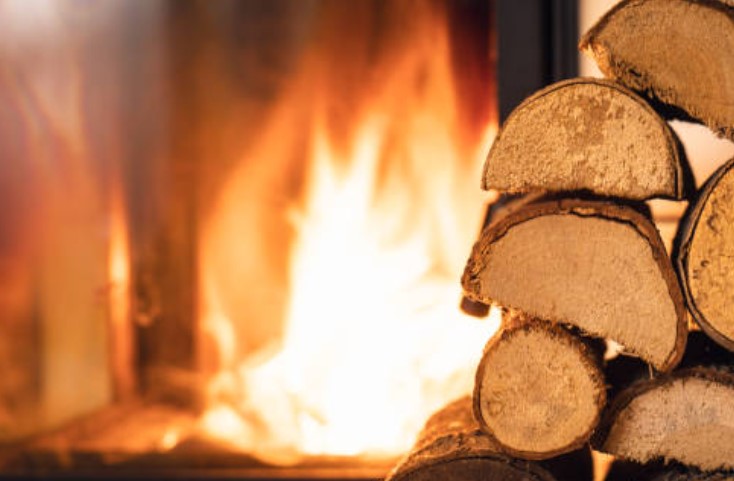How Lightweight Suitcases Help the Environment
 When planning a trip, many people focus on what to pack. But few consider how their luggage choice can impact the environment. Choosing a lightweight suitcases under 10kg is a simple change that can help reduce your carbon footprint while making travel easier.
When planning a trip, many people focus on what to pack. But few consider how their luggage choice can impact the environment. Choosing a lightweight suitcases under 10kg is a simple change that can help reduce your carbon footprint while making travel easier.
Why Weight Matters in Travel
Every item you bring on a trip affects how much fuel a plane, train, or car will use. Heavier luggage means more fuel needed to carry it. More fuel burned means more carbon emissions in the air. By choosing a lightweight suitcase, you lower the overall weight of your trip.
This choice may seem small, but it adds up. Lighter bags mean lighter planes. Over time, if more people use lightweight suitcases, it can lead to real changes in how much fuel the travel industry uses.
How Lightweight Suitcases Are Eco-Friendly
Many lightweight suitcases are made using sustainable or recycled materials. Some brands use recycled plastics or fabrics to reduce waste. These materials also make the suitcase easier to carry, which is helpful for travelers who walk a lot during their trip.
Lightweight bags also tend to last longer because they’re built for easy handling. You don’t need to drag them as much or drop them as often. This means fewer broken zippers, wheels, or handles. A durable suitcase that lasts for years reduces the need to buy new ones often, cutting down on manufacturing waste.
Practical Benefits for Travelers
In addition to helping the environment, lightweight suitcases offer many personal benefits. They’re easier to lift, fit better in overhead bins, and make airport travel less tiring. Airlines often charge extra for heavy bags. With a lightweight suitcase, you have more room to pack what you need without going over weight limits.
These bags also make walking through crowded train stations, narrow streets, and airports smoother. This makes them ideal for eco-conscious travelers who use public transport instead of taxis or private cars.

